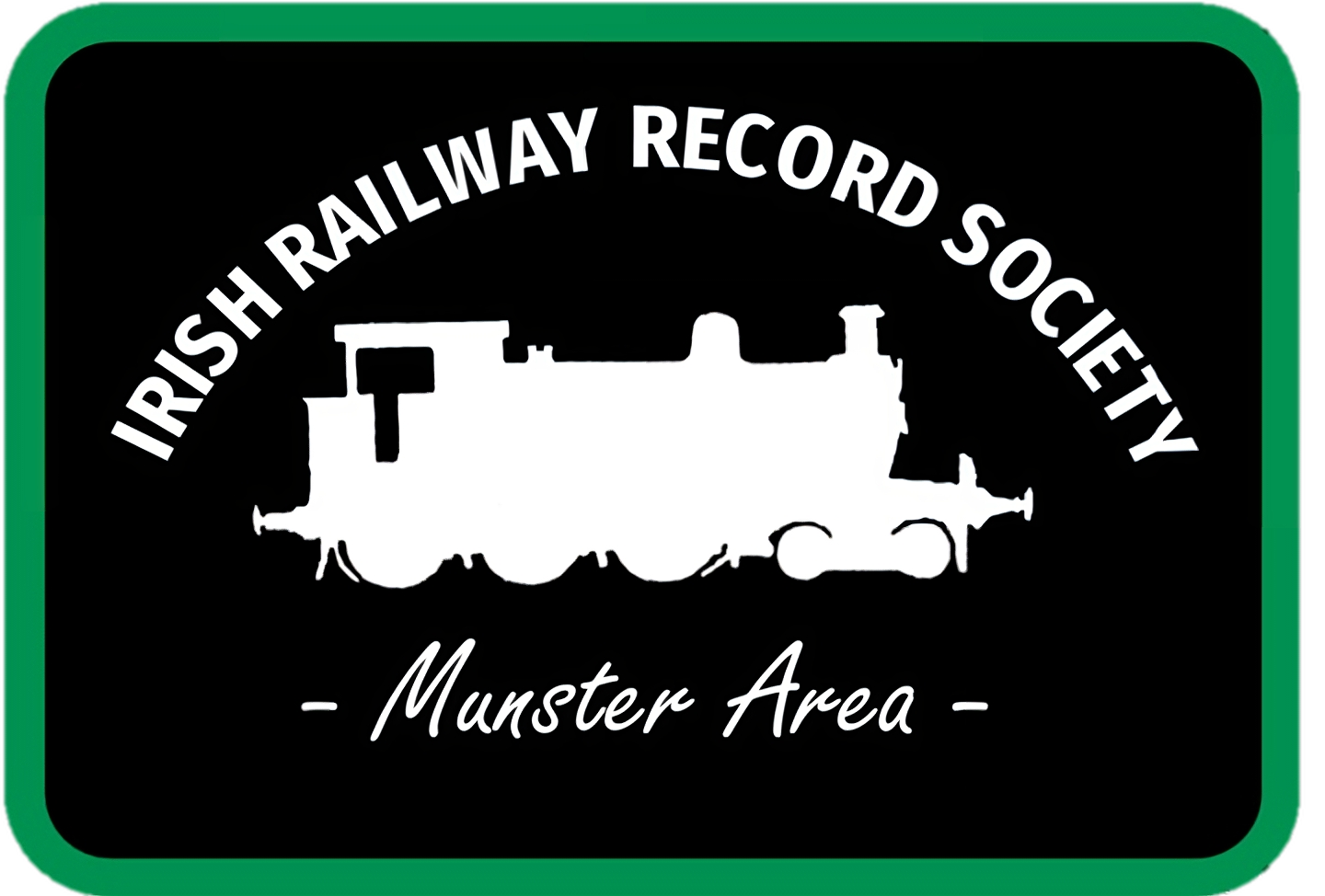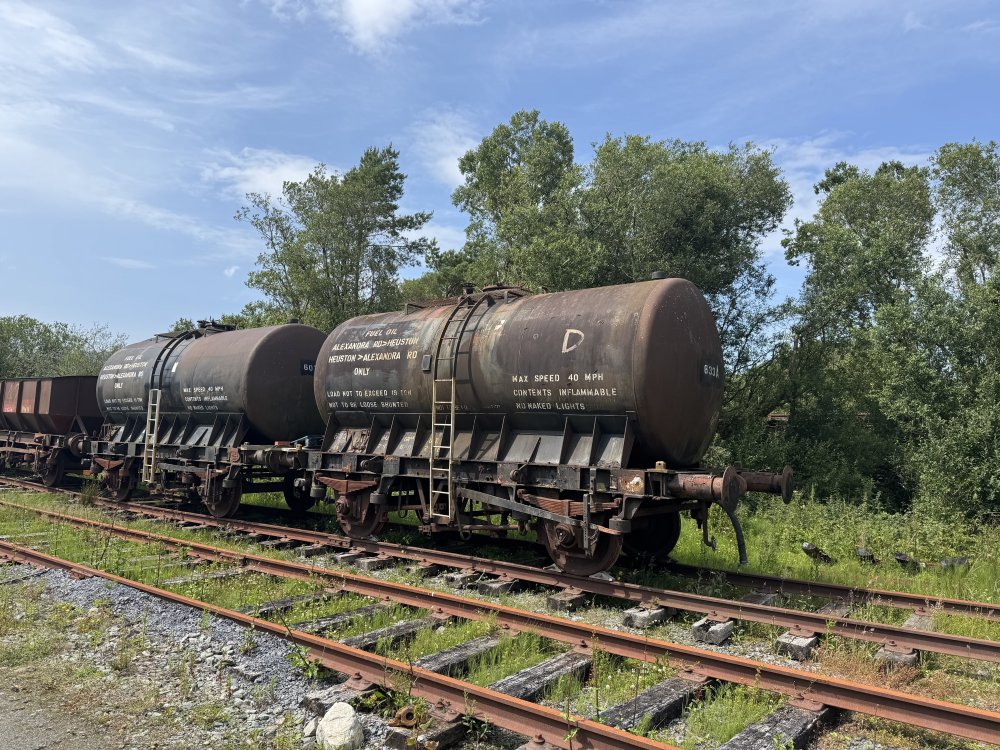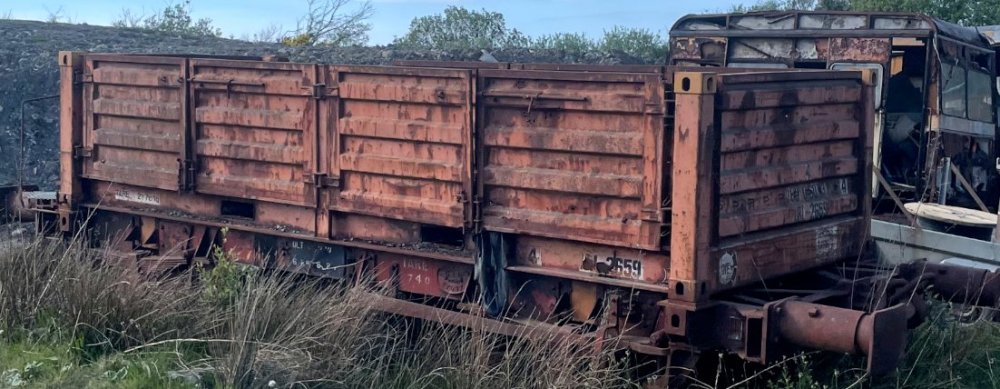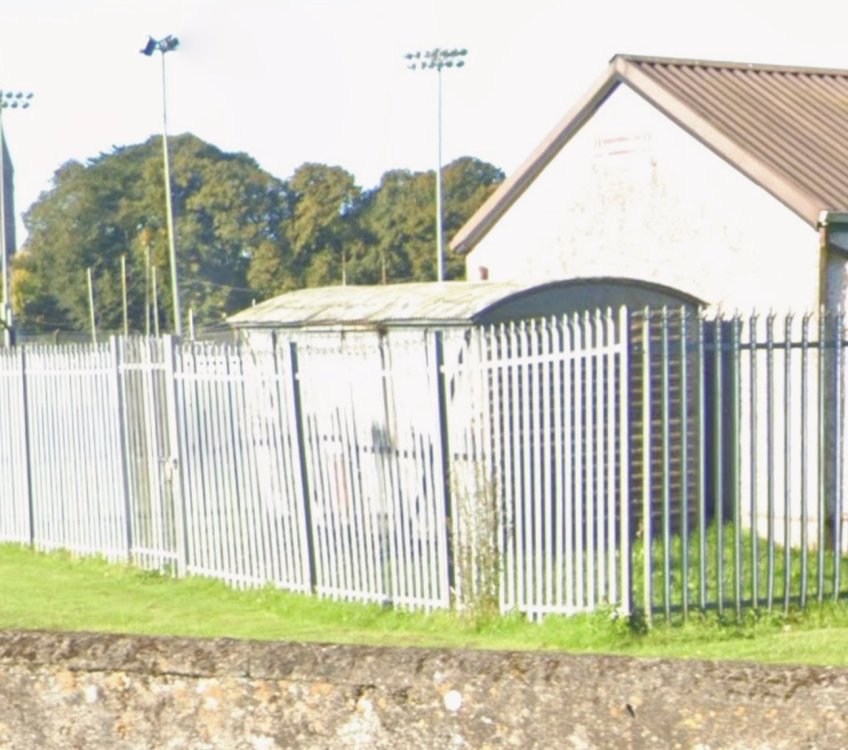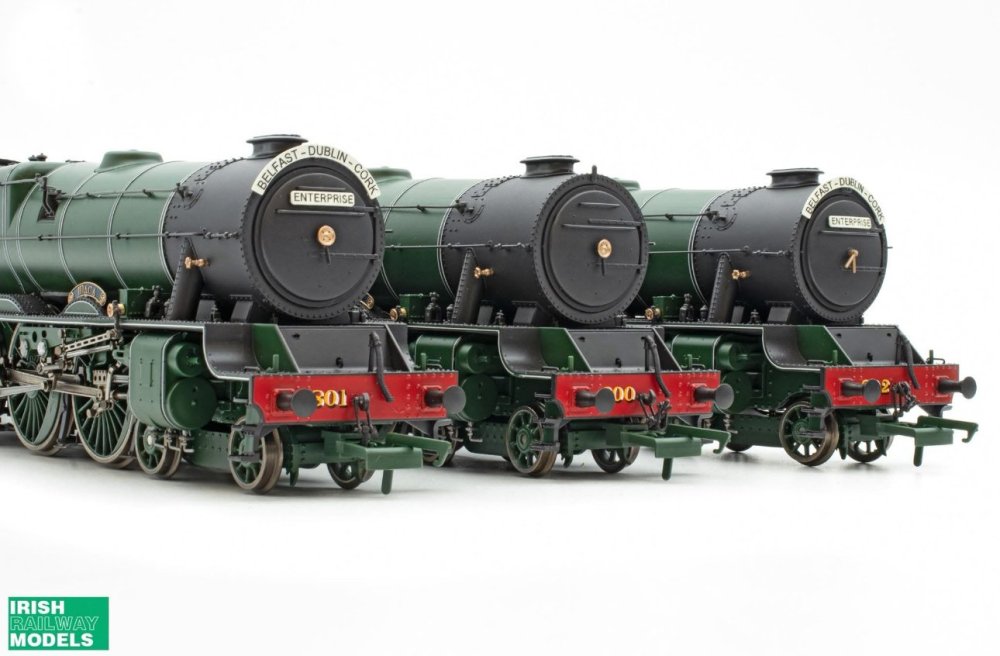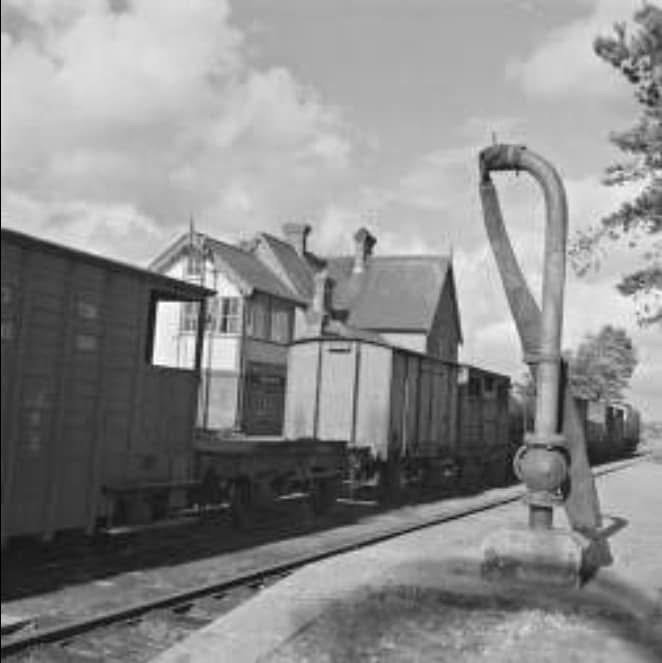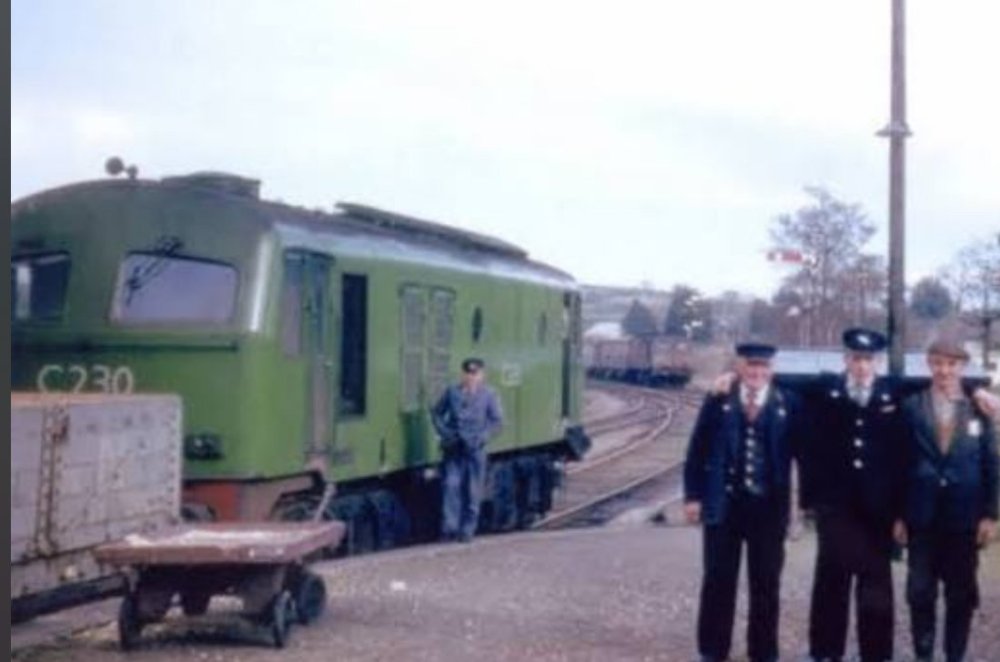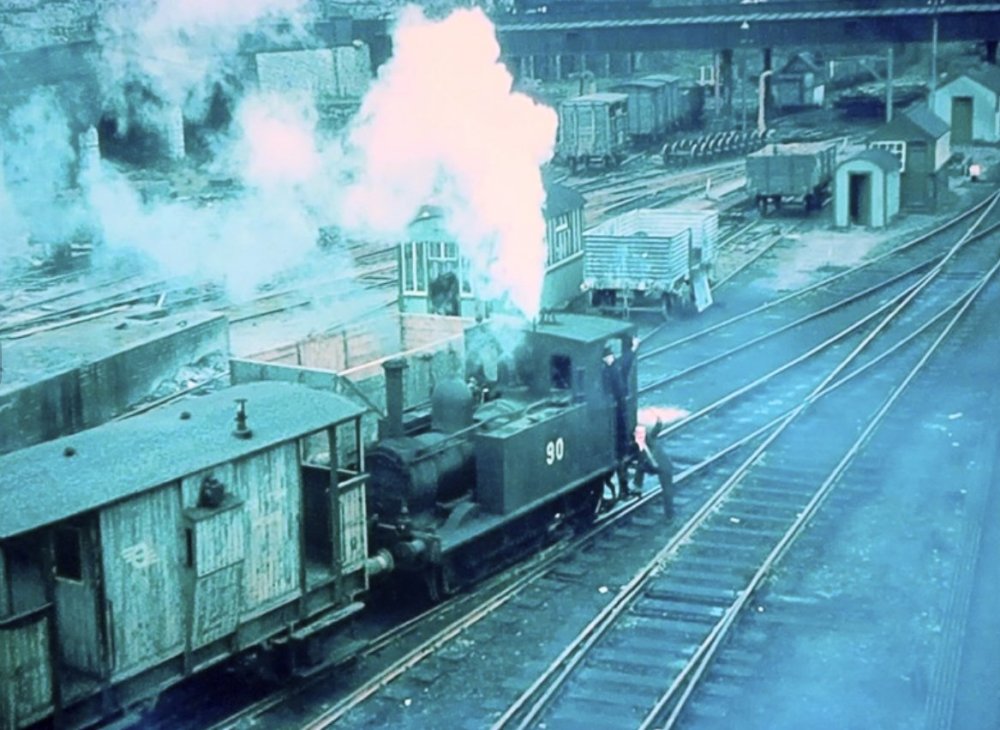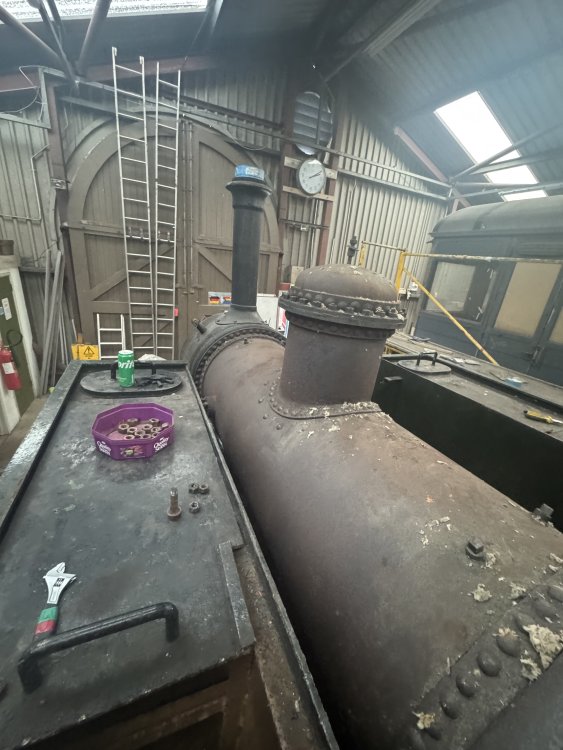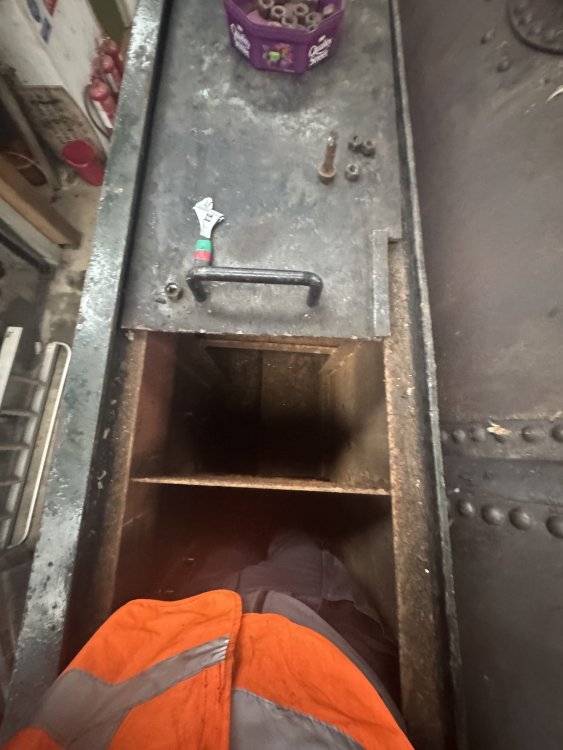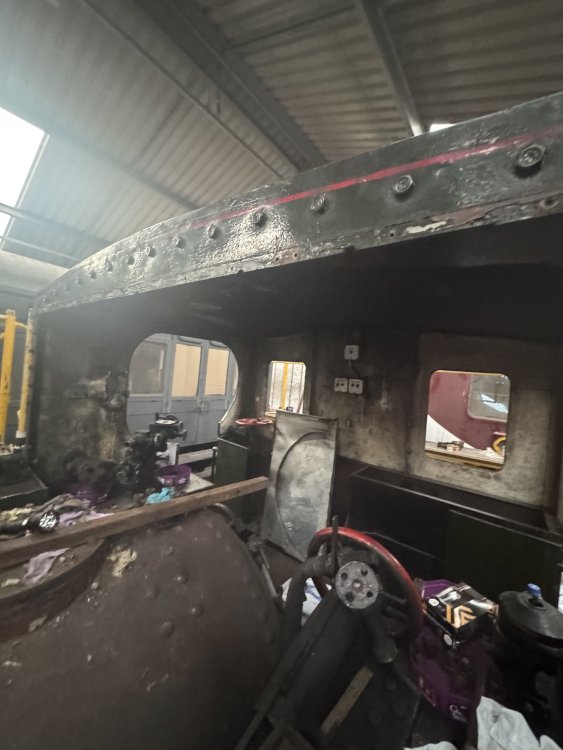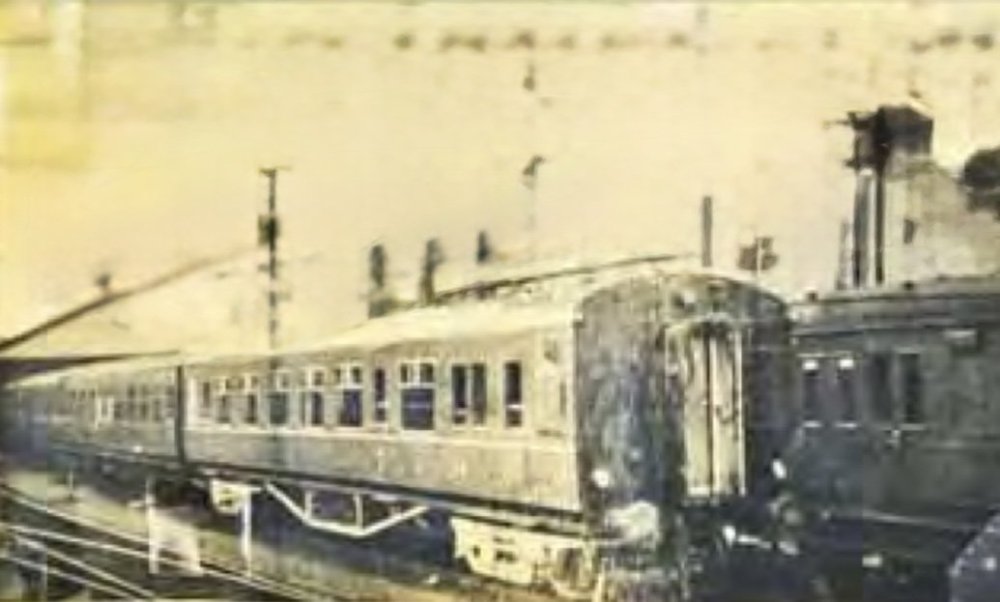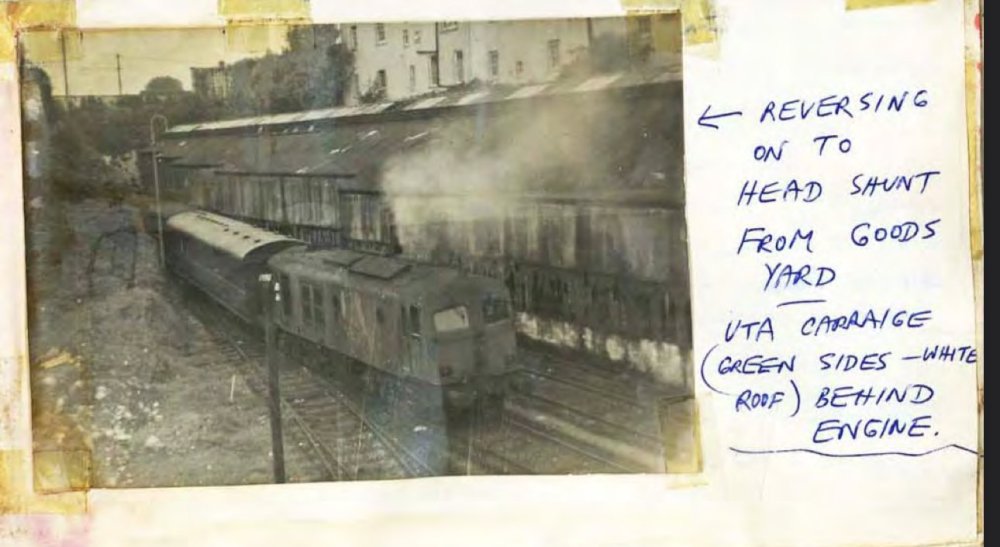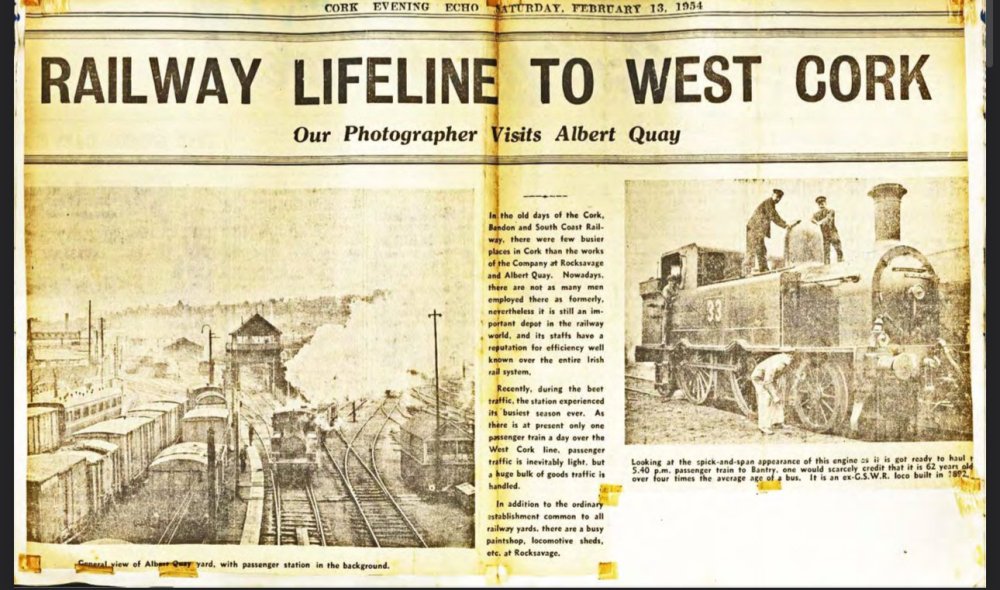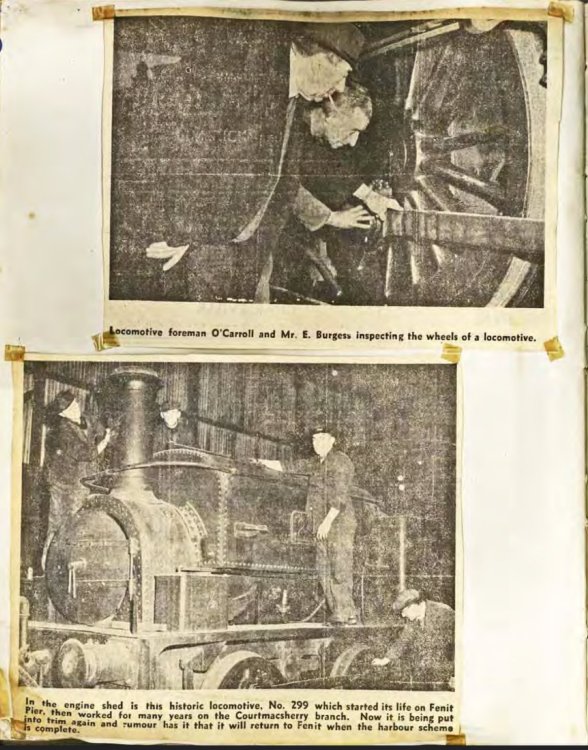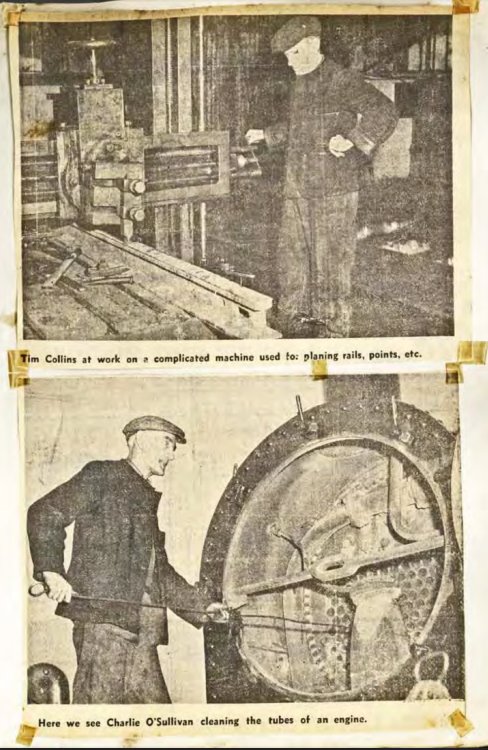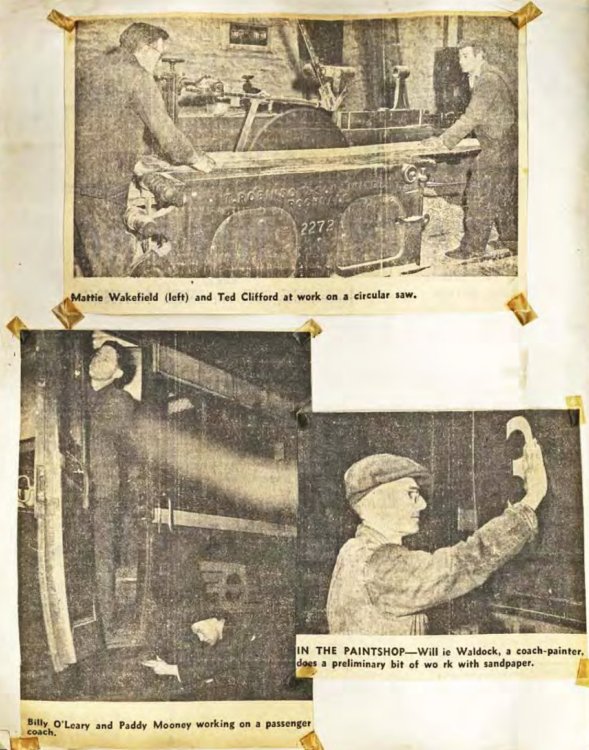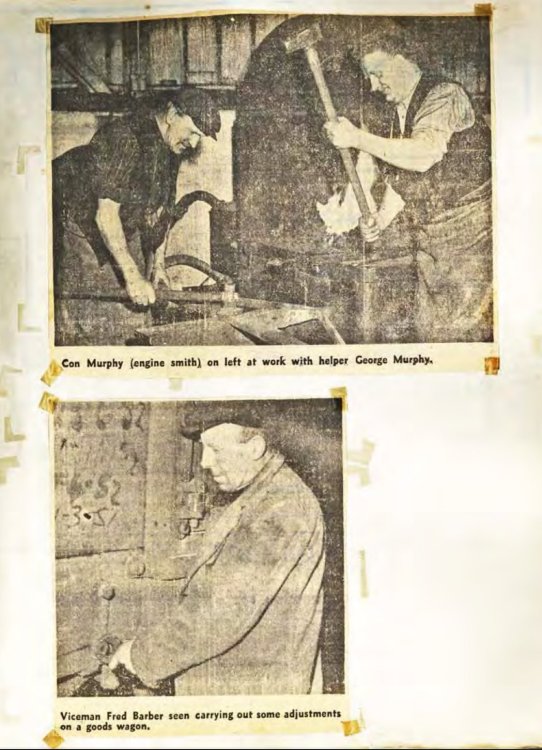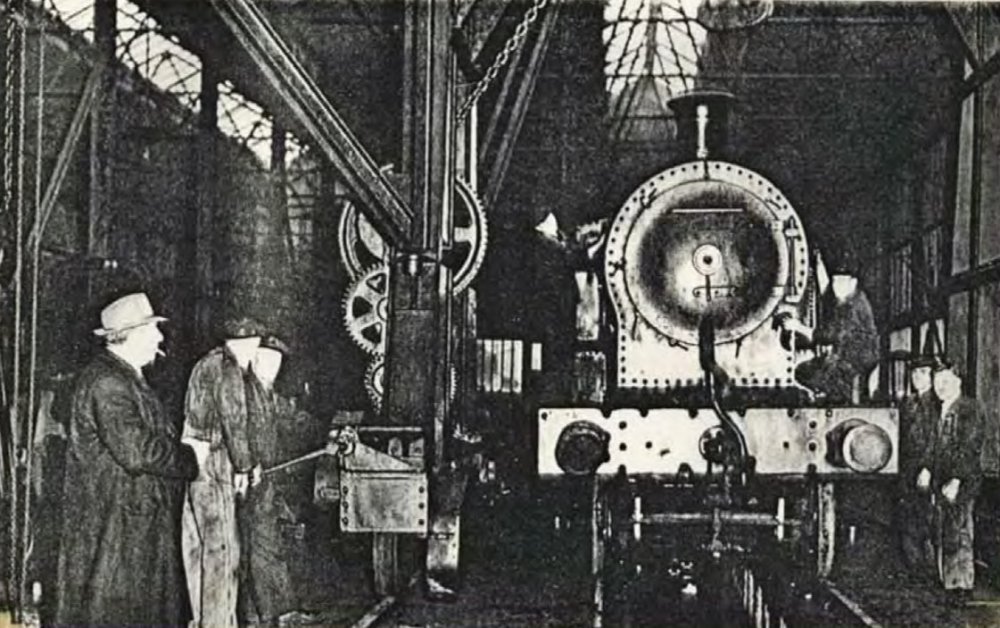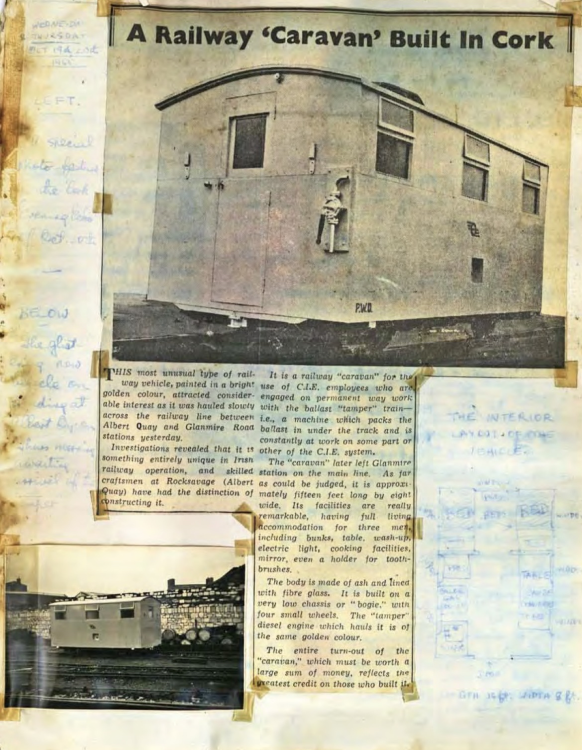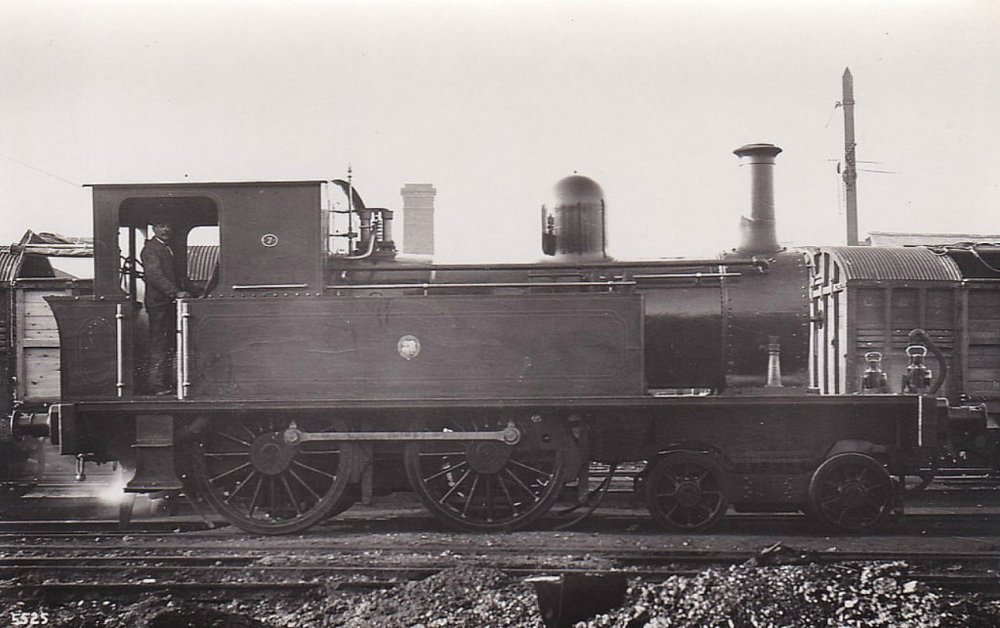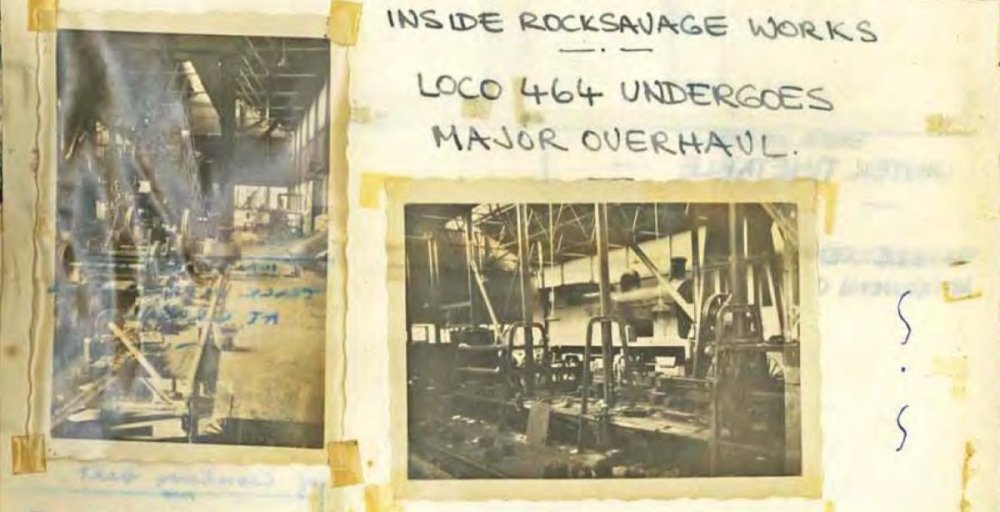-
Posts
2,378 -
Joined
-
Last visited
-
Days Won
24
Content Type
Profiles
Forums
Events
Gallery
Everything posted by Westcorkrailway
-
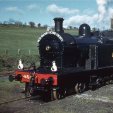
"Voiding the Warranty" - Mol's experiments in 21mm gauge
Westcorkrailway replied to Mol_PMB's topic in Irish Models
There is a picture of that crash somehere…hmm let me see if I can find it This would also be one of the older Irish railway Photos -
What do you mean “it works” like can I use it for the seige of toy Constantinople
-

O Gauge Irish Class A and Class B Tank Wagons
Westcorkrailway replied to DJ Dangerous's topic in Irish Models
-
Yes 90 appears to have had many fictional liveries GSWR (current) GSWR black lined (potentially) GSR Grey CIE black (jury still out on this) Fermoy it had a fictional lined green It seems to have been painted at some stage in mallow as I’m not entirely sure it’s the same green it was then painted black by Westrail it went into a different fictional green again for inchicore 175
-
-
Indeed that’s what I thought it was! super!
-
this technically grounded body, I believe to have been scrapped a few months ago. Anybody know its origin and what it was used for?
-
After my brief volunteering at Downpatrick I noticed this wagon. Anyone know what it is? nevermind, after going back through the thread I found it! to make this post worth it, I’ll add this one, at Kildare
-
just seen IRM updated there Facebook header, will probobly be a press update in a few minutes. But another fine example of CIE loco green seen here!
-
My theory back in the day was IRM were holding this livery for a 2nd run, if that ever was to happen. I always thought the waistline was more common then not on this livery, but perhaps that was on the C class fleet rather then the A class which I’m more used to looking at! I also note a grounded 6 wheeler, I assume of GNR origin
-

Interesting not-so-early Irish Railway photos
Westcorkrailway replied to Mol_PMB's topic in General Chat
There was an awful lot of GNR scrap sent down to the secondary lines of Cork. I’ve seen numerous photos of GN brake brake vans and the line yes not a brakevan but the only findable image in my head that shows an example of GNR wagons down in Cork as was often the case. On unrelated business, found this photo of a GNR Van down in enniskeane, so there ya are! Bandon 1960 -
There are purists that would still be angry. But I think this generation is more forgiving of funky livery stuff. Look at all those fictional livery models coming out soon like personally I loved 184 in CIE green, would love to see the Jeep in this experimental apple green NCC or 131 in GNR green.
-

Interesting not-so-early Irish Railway photos
Westcorkrailway replied to Mol_PMB's topic in General Chat
A nice sentiment, but Not the same whistle! 90s rebuild in Tuam was drastic a Complete nut and bolt rebuild lot a loco already tired at the end of service, and left outdoors for 25 years! The whistle currently on 90 is said to have originated from the GWR. Within 90 there are parts from 99, 100, sprite, an E class and bullied Beet Wagon! -

Interesting not-so-early Irish Railway photos
Westcorkrailway replied to Mol_PMB's topic in General Chat
A photo of No.90 in Albert quay on the 31st of March 1961 as the last Ex-Cork Leaves for Bantry. (Brian Baker) -
I had no idea the UTA tried Green on there locomotives. The Lined black is smart, but I’m sure the Green would have been nice too. Shame no colour photos seem to survive?
-
Young people are well able for volunteering. Particularly if it’s accessible. On my own visit to the DCDR I was amazed by the amount of younger people on site. myself and “the other 2” who ventured from Cork that day would probably be there every weekend if it was within arms reach. The simple fact is that it’s either 5 hours by road, 7 by rail, and a garunteed hotel stay! Cork actually does have plenty of people volunteering, quite a significant number head to Maam cross, and a few also go to RPSI and the Cavan and Leitrim. All of these journeys though, are a cost and means your volunteer is already out of pocket just to turn up on site! Just goes to show the enthusiasm that is out there that people make that journey regardless
-
I know it’s ambitious but could you imagine a Galway-Sligo service. Yes there is very little in the way of but intermediate stations on the Claremorris - Sligo route but then again, places like adrahan and Craughwell got stations and there doing ok.
-
I was one of the members involved. The only driver in what turned into 17 hour road trip The sprite van was unintentional, but ironically since allegedly parts of 90s boiler came from GSWR’s “Sprite” locomotive.
-
For the pictures Colm actually took. There are some negatives about. I’ve seen about 300 negitives of his photographs at a certain west cork man’s house. God only knows where the rest of them are. But that evening echo 1954 article….i wonder would they have better versions of them photos
-

"Voiding the Warranty" - Mol's experiments in 21mm gauge
Westcorkrailway replied to Mol_PMB's topic in Irish Models
I would like to think that the weight bridge was always there and the office added later has nothing to do with it and is some sort of administration office/building ??? Only another theory based on nothing but the photos -
Over the years there appears to have been some confusion as to what Rocksavage works actually was. The sheds you see behind this A class and UTA coaches (probobly needs explanation in itself) is the works. The CBSCR did need a works as they were a pretty extensive company and were completely independent of the GSWR rail system until 1912. Rocksavage works built a locomotive in 1901, a charming 4-4-0. CBSCR No.7 - GSR 478 1901-1934 the mobile caravan! CIE The link - August 1951 the works was utilised up to and beyond closure. The below photographs from the Colm creedon collection The last use of the workshop I recall is about 1963/1964. As stated before it was used for painting certain stock Black and Tan
.png.c363cdf5c3fb7955cd92a55eb6dbbae0.png)
